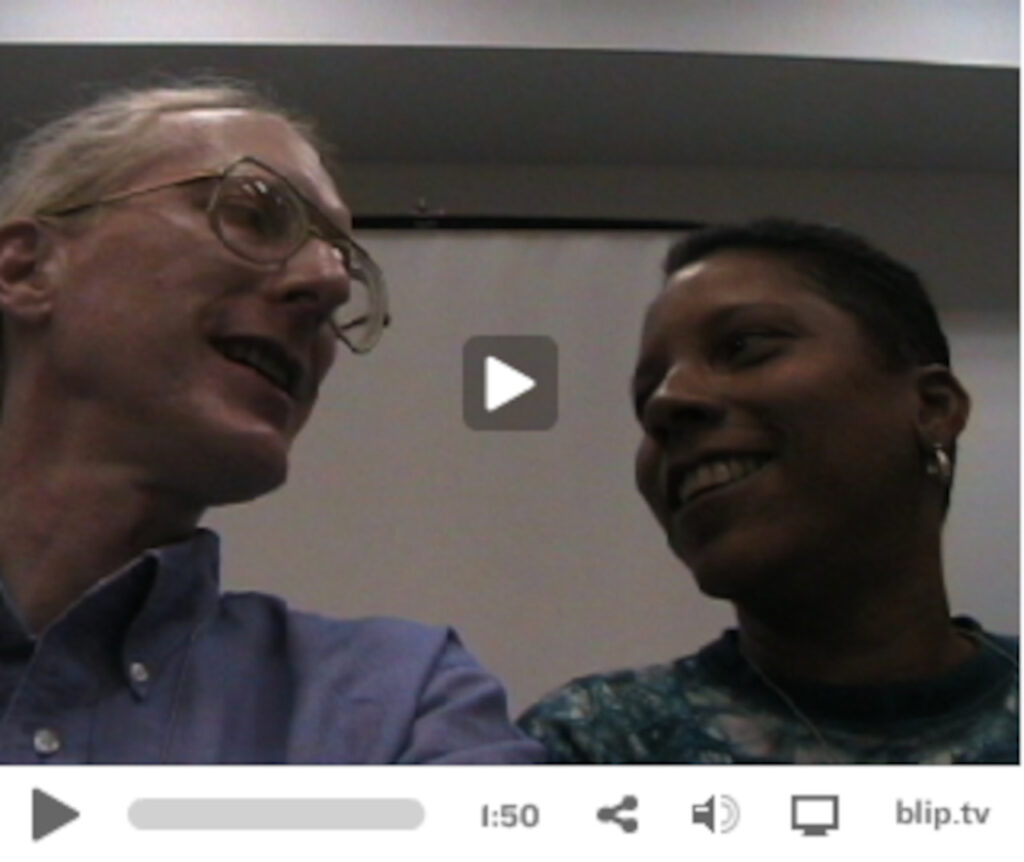An anonymous correspondent wrote recently about the General Assembly experience, noting in part: “…all the Standing on the Side of Love stuff about did me in….”
I realized that felt the same way about the “Standing on the Side of Love” catchphrase and logo as did Anonymous Correspondent. Because I feel that way, and because I am a postmodern guy, let’s deconstruct both the catch-phrase and the logo:
- Linguistic deconstruction: Love doesn’t have sides, certainly not sides that you can stand on. This is sloppy language, which implies either sloppy thinking or doublespeak (see below).
- Theological deconstruction: The catchphrase implies that love is on one side (our side), and hate or evil is on the other side. Instead of an “I-Thou” relationship, the catchphrase promotes an exclusivist theological position. (This is actually consistent with most Unitarian Universalist theological praxis, if not with professed Universalist theology).
- Political deconstruction: Politically speaking, the catchphrase is applied to subjects as different as same-sex marriage and immigration reform. Thus, the catchphrase becomes a form of political doublespeak: “It means what we want it to mean.”
- Pop culture deconstruction 1: The catchphrase is a blatant attempt to use late twentieth century modernist marketing techniques. The catchphrase, through its inanity and puerility, aims to reach a broad market segment; in its meaninglessness, it attempts to be all things to all people.
- Pop culture deconstruction 2: The graphics for the campaign, roughly-drawn hearts, attempts to look cute (sort of like Hello Kitty for the liberal religious set). But because the graphic image is repeated over and over without variation (except in size), it comes across as a modernist attempt to force an unvarying narrative on us, with no chance of customizing it for specific and tiny segments of the population.
Feel free to add your own deconstructions of the “Standing on the Side of Love” catchphrase and logo. You will receive extra points for use of irony, multisyllabic-words, and “quotation marks”. Feel equally free to defend “Standing on the Side of Love.” But since this is a postmodern blog, you will be expected to express your feelings, and shy away from reason (just like the “Standing on the Side of Love” catchphrase does… hey, wait a minute….)



